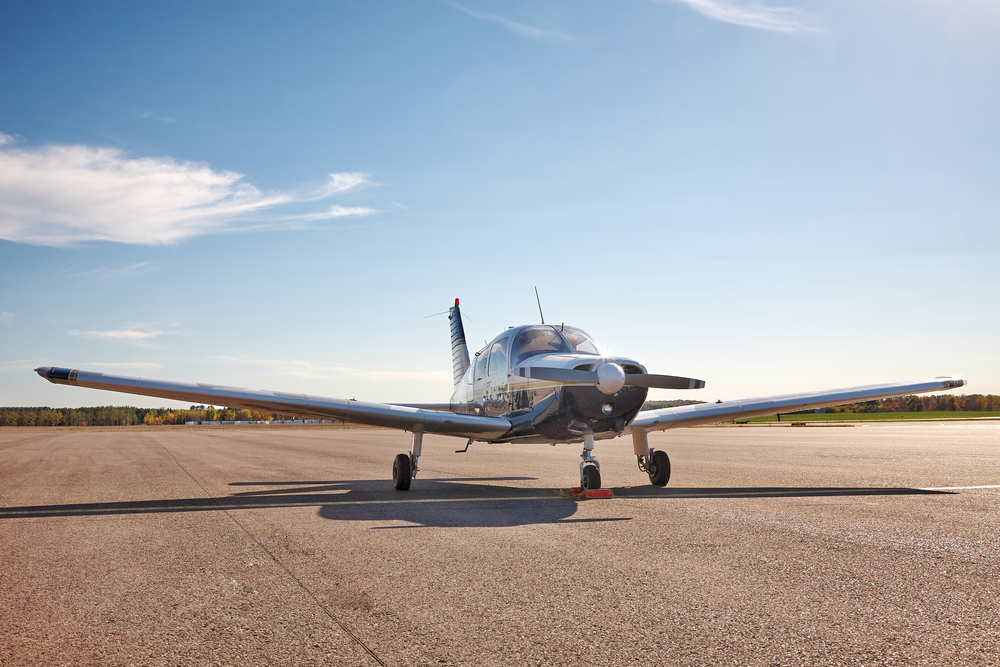MRO Aviation
MRO Aviation
Maintenance, Repair, and Overhaul (MRO) services are critical in the aviation sector. Aircraft operations rely heavily on the efficacy of these services. Without consistent MRO activities, the aviation industry would face significant operational hazards.
An aircraft’s performance is only as good as its maintenance schedules. Regular maintenance ensures that each part functions properly. This includes engines, avionics, hydraulics, and airframes. Every part undergoes rigorous checks and revisions to maintain airworthiness.
Maintenance Activities
MRO encompasses several maintenance activities. These include preventive maintenance, scheduled checks, and unscheduled repairs. Preventive maintenance is the regular upkeep performed on the aircraft to keep it in optimal condition. Scheduled checks, like ‘A’ checks and ‘C’ checks, are more intensive and occur at specific intervals. Unscheduled repairs address unexpected faults or damages. These activities are essential for ensuring the aircraft’s safety and longevity.
Types of MRO Services
Line Maintenance
Line maintenance refers to routine maintenance performed at airport gates. It includes tasks like daily checks and minor repairs. These services ensure aircraft are fit for flight. Line maintenance tasks are often quick, sometimes taking only minutes to complete.
Heavy Maintenance
Heavy maintenance, or base maintenance, involves extensive inspection and repair. These tasks can take days to weeks to complete. Heavy maintenance often requires the aircraft to be taken out of service. This includes thorough systems checks, structural inspections, and significant overhauls. The process ensures that all components are in excellent working condition.
Component Maintenance
Component maintenance focuses on individual parts of the aircraft. This includes everything from avionics to landing gear. Component maintenance is conducted in specialized facilities. Parts are often removed from the aircraft for detailed inspection and repair or replacement.
Engine Overhaul
Engine overhauls are critical for maintaining performance and safety. This involves disassembling the engine, inspecting each part, and replacing worn components. Engine maintenance is both time-consuming and highly technical. It ensures the engine meets all operational standards.
Regulatory Requirements
Regulatory bodies, like the Federal Aviation Administration (FAA) and the European Union Aviation Safety Agency (EASA), set strict standards for MRO operations. Compliance with these regulations is mandatory. They ensure that all maintenance activities are performed to the highest safety standards. Records of all maintenance tasks must be meticulously kept, providing a clear history of work performed on each aircraft.
Technology in MRO
Technological advancements have significantly impacted MRO activities. Digital record-keeping streamlines documentation. Predictive maintenance tools use data analytics to foresee potential issues. Condition-based maintenance schedules assets based on their current state rather than a fixed schedule. These technologies enhance the efficiency and effectiveness of MRO services.
Challenges in the MRO Industry
The MRO industry faces several challenges. One primary challenge is the increasing complexity of modern aircraft. This requires more specialized knowledge and more advanced equipment. Another challenge is the demand for shorter turnaround times. Airlines seek to minimize the period their aircraft are grounded. Managing the cost of parts and labor is also a significant challenge. Balancing safety, performance, and cost is a constant struggle.
MRO and Sustainability
Sustainability is becoming increasingly important in aviation. MRO plays a crucial role in this effort. Efficient maintenance practices can lead to better fuel efficiency and lower emissions. Developing more eco-friendly materials and methods is also a focus. Reducing waste generated from maintenance activities is part of the industry’s broader environmental goals.
The Future of MRO
The future of MRO looks to be more integrated with technology. Digital twins, which are virtual replicas of physical assets, might be used to monitor real-time data. Artificial intelligence could predict maintenance needs before they become critical. Automation may speed up certain maintenance tasks, reducing downtime. The goal is to improve reliability and efficiency continuously.
MRO services are indispensable to aviation. They ensure aircraft stay safe, reliable, and efficient. As technology and regulations evolve, so will MRO practices. It’s a dynamic field, crucial for the ongoing success of the aviation industry.
